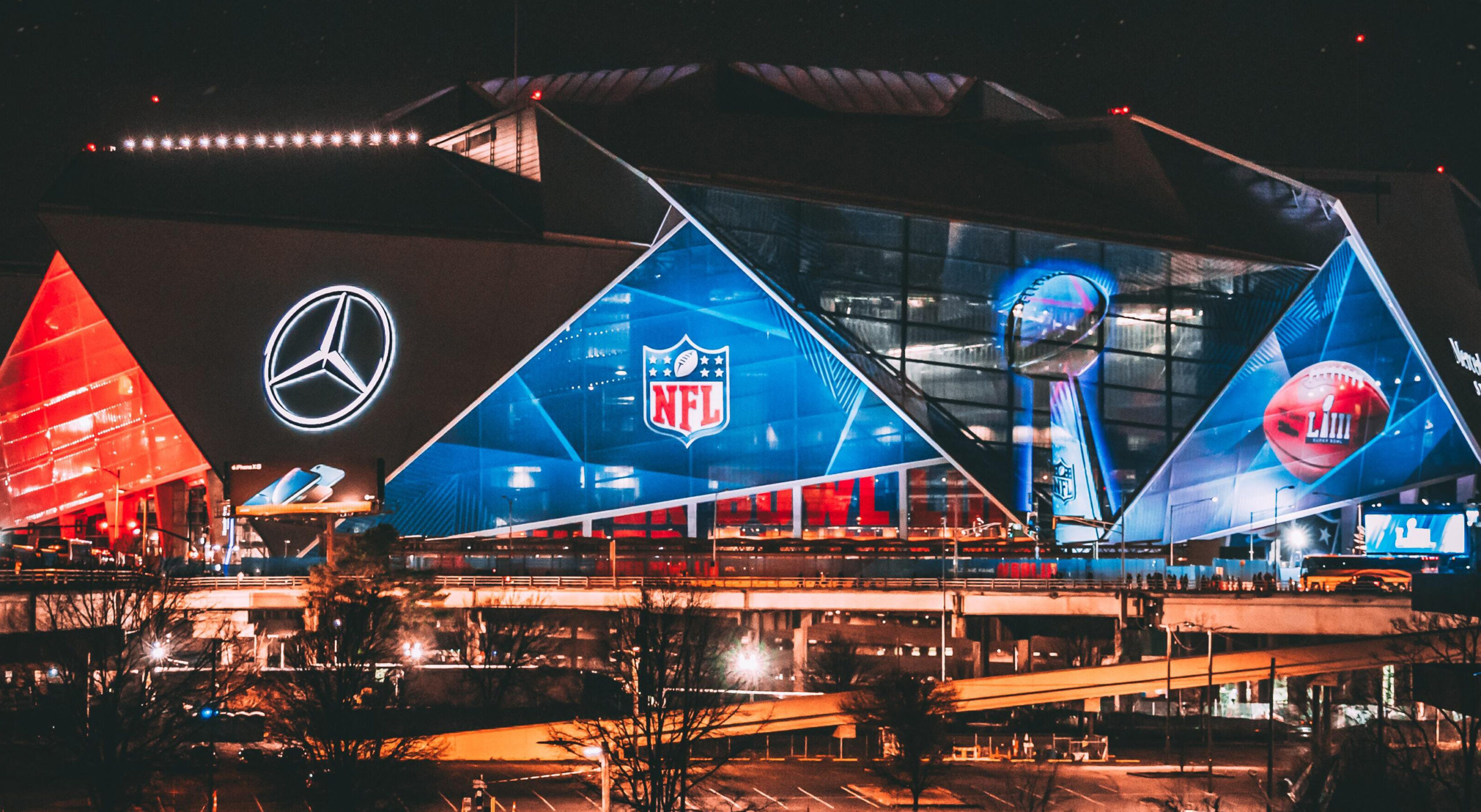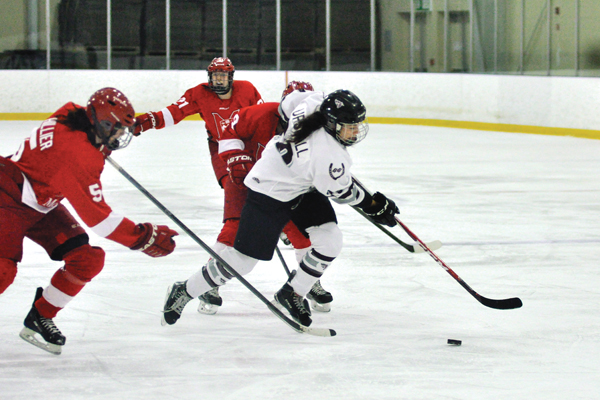Super Bowl LVII is taking place next week — why is it a cultural behemoth?
Football is the quintessential American sport. The spirit of the game is amalgamated through the glitz, excitement, and thrill of the yearly Super Bowl championship.
Every year, millions of Americans watch the game, the highest viewership being in 2015 with 114.44 million people tuning in. Superstars like Michael Jackson, Prince, and Lady Gaga have all performed at the game’s halftime show, making it a major event in pop culture. This year’s headliner is Rihanna, an announcement which has created lots of buzz after Apple Music released their promotional video for her expected performance.
The NFL has been able to attract non-football fans across North America and internationally to tune into the Super Bowl in the name of the game. But how did it become such a huge cultural phenomenon?
First, you can’t talk about the Super Bowl without talking about the million dollar advertisements it features. It’s the only time that people actually enjoy watching advertisements because they tend to be creative, funny, and culturally relevant as many of them feature high profile celebrities. These large corporations have found a way to make advertisements truly entertaining, epitomizing consumerism culture — it’s as American as it can get.
On top of that, what brings people together just as much as sports? Music.
Initially, the Super Bowl halftime show had Duke Ellington jazz or marching bands playing the Temptations. It all changed when Michael Jackson got on the NFL stage in 1993 and iconically froze for the first 90 seconds of his performance before breaking out into his classic moonwalk dances and singing his best hits like “Billie Jean” and “Heal the World,” ultimately getting viewership to skyrocket.
Since then, other widely revered pop stars have performed for the jersey-filled stadiums and transformed the significance of this football spectacle. For artists, performing at the halftime show became affirmation of their cultural relevance to the times and the headliners never fail to put on unforgettable performances. In 2017, Lady Gaga shocked the crowd as she jumped off the roof before her set, and in 2015, Katy Perry made a remarkable pop culture moment with her performance that included an off-beat dance from “Left Shark.”
The shock value of these performances are what keep viewership so high and they unite Americans in their love for both sports and pop culture. The Super Bowl is not just about the athletic glory of American football stars, but also the glamour of the greatest American idols.
The football game is still the main attraction as viewers excitedly watch elite athletes showing off their finesse in the sport. However, Super Bowl Sunday is undoubtedly more than just a game. It’s an intelligently marketed event with musical and consumerist theatrics and it’s a celebration of America’s persistent cultural soft power. Regardless, it will never fail to keep us waiting in anticipation each year for the next spectacle.






